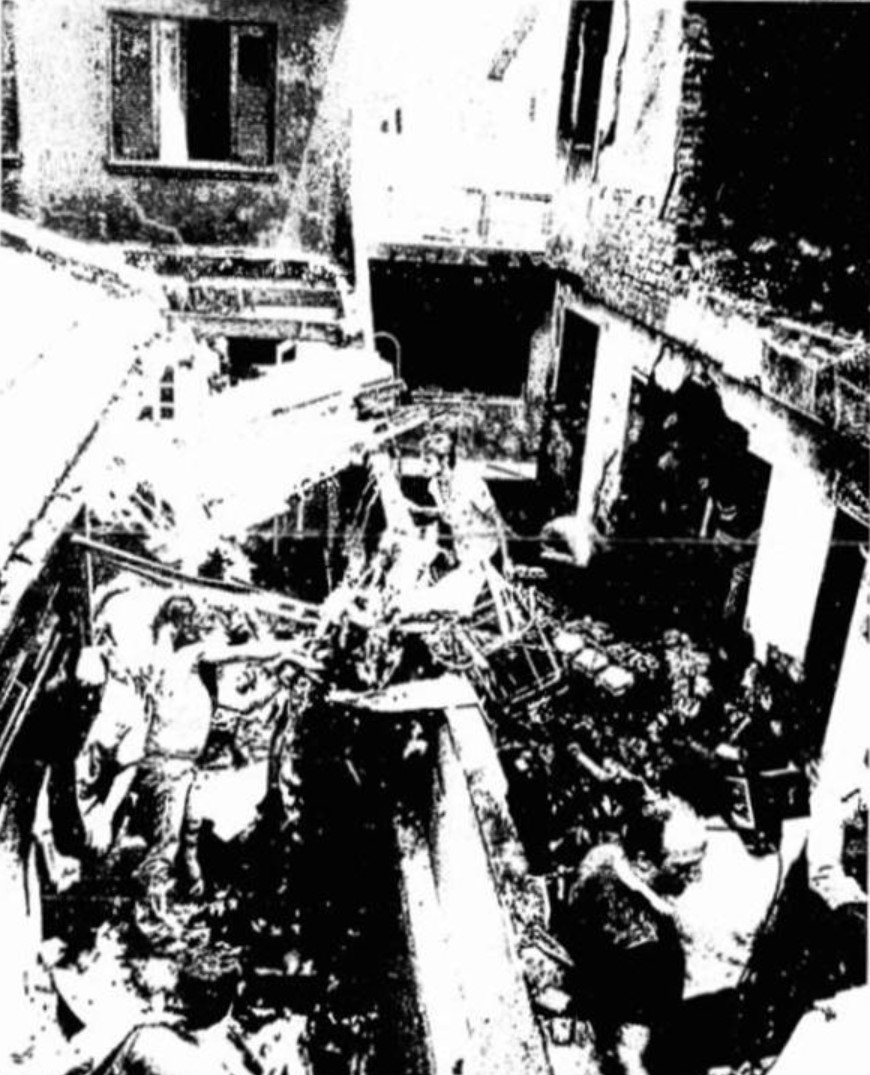Crash of a Piper PA-31-325 Navajo C/R in Lynchburg
Date & Time:
Sep 9, 1984 at 1115 LT
Registration:
N29RH
Survivors:
Yes
Schedule:
Lynchburg - Sussex
MSN:
31-243
YOM:
1968
Crew on board:
1
Crew fatalities:
Pax on board:
1
Pax fatalities:
Other fatalities:
Total fatalities:
0
Circumstances:
Shortly after takeoff the pilot reported to the tower that the left engine had failed. The propeller was feathered and a left turn to downwind initiated. In the turn the right engine failed and the aircraft flew into trees in a residential area about 1 mile from the airport. No mechanical malfunctions were discovered. No fuel was found in either engine. The fuel selectors for both engines were on the outboard positions. Prior to departure the main fuel tanks were filled. No fuel was added to the outboard tanks. Impact ruptured the right outboard tank. Approximately one cup of fuel was drained from the left tank.
Probable cause:
Occurrence #1: loss of engine power (total) - nonmechanical
Phase of operation: takeoff - initial climb
Findings
1. (c) checklist - not followed - pilot in command
2. (c) fluid, fuel - starvation
3. (c) fuel tank selector position - improper - pilot in command
----------
Occurrence #2: forced landing
Phase of operation: descent - emergency
----------
Occurrence #3: in flight collision with object
Phase of operation: maneuvering - turn to landing area (emergency)
Findings
4. Object - tree(s)
Phase of operation: takeoff - initial climb
Findings
1. (c) checklist - not followed - pilot in command
2. (c) fluid, fuel - starvation
3. (c) fuel tank selector position - improper - pilot in command
----------
Occurrence #2: forced landing
Phase of operation: descent - emergency
----------
Occurrence #3: in flight collision with object
Phase of operation: maneuvering - turn to landing area (emergency)
Findings
4. Object - tree(s)
Final Report:





